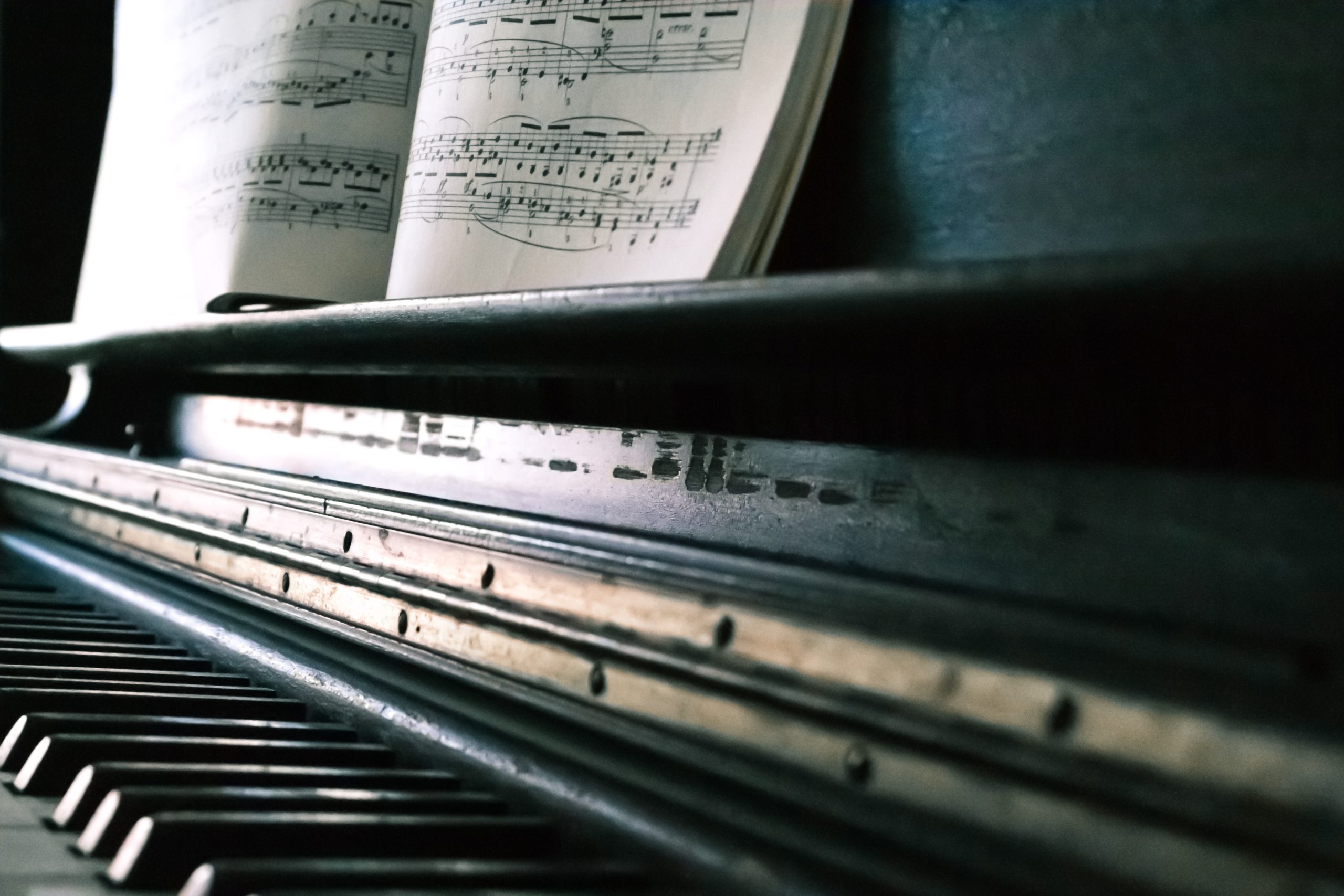How to Choose the Right Piano
Music is one of the most important creative disciplines in modern civilisation, being a language above language that can communicate all manner of complex feelings and images. It is no wonder that many of us in the UK fall in love with music from a young age to the extent that we seek out ways to engage in it.
Indeed, the unique events of 2020 and 2021 saw many more people take up an instrument than usual, as more people had the time to chase ambition and creativity. The piano is one of the most popular forms of the modern instrument, being the signature sound of music both classical and modern and one of the easiest to learn. But in buying such an instrument, what should one consider?
Location and Purpose
Before you start to research types, manufacturers, brands and models, you should first ensure you are fully settled on the reasons for your wanting a piano. It is not often that someone makes such a significant investment without having several key things in mind – namely, location and purpose.
The purpose will have a dramatic impact on your decision-making, as different kinds of pianos lend themselves very well to different scenarios. A new piano student with little in the way of musical experience will not need access to a full-sized grand piano to begin their tutelage; by the same token, a new concert venue cannot attract quality acts with a budget digital keyboard.
Budget
Budget, of course, plays a necessary part in your final decision-making. The best acoustic pianos in the world are priced according to the workmanship that goes into them, the high calibre of performance and the resulting high demand from studios and musicians worldwide. Meanwhile, the cheapest available keyboards and uprights are cheap often according to their build and sound quality – which, for all but the most basic of purposes, should be avoided.
Additional funding and credit are always strong options for boosting the scope of your budget, especially when it comes to kitting out a commercial studio or performance space. The quality of the instruments you provide in either scenario forms an essential part of the space’s identity and selling point, with a sympathetic impact on interest and income.
Grand or upright?
The two key types of acoustic piano you might choose between are grand and upright. Grand pianos are the quintessential piano, wherein the strings run horizontally to the ground and the hammers strike down towards the strings. These pianos are perfect for stage performance and recording, being articulate in sound and responsive to play.
Upright pianos are the most common kind of acoustic piano you will come across. These are much more compact, with strings running perpendicular to the floor. In the Victorian era, mass-manufacture of inexpensive upright pianos saw cheap models in almost every living room – flooding today’s market with poor-quality instruments that nonetheless have a certain charm. Uprights can sound less articulate but also ‘warmer’ and are much easier to modify for certain recording or performance purposes.

